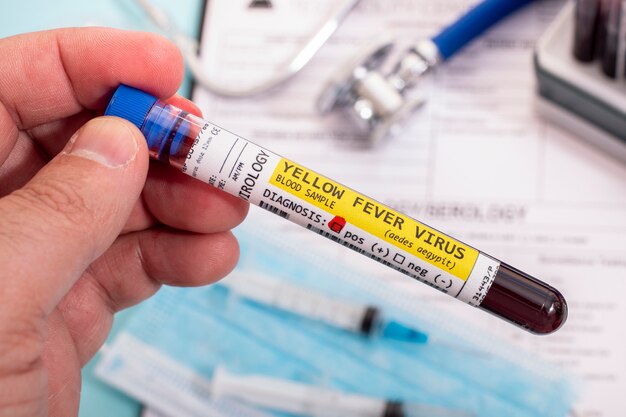Understanding Diabetic Ketoacidosis: A Critical Diabetes Complication
When it comes to diabetes, the term Diabetic Ketoacidosis (DKA) stands out as one of the most severe complications. But what exactly is DKA, and why is it so critical for those with diabetes to be aware of it? Here’s what you need to know.
What Is Diabetic Ketoacidosis?
Diabetic Ketoacidosis is a potentially life-threatening condition that occurs predominantly in people with type 1 diabetes, although it can also affect those with type 2 diabetes under certain conditions. DKA happens when blood sugar levels become dangerously high due to a lack of insulin, causing the body to break down fat as an energy source. This breakdown results in the production of ketones, acids that accumulate in the bloodstream, leading to a toxic environment.
Signs and Symptoms of DKA
Recognizing the symptoms of DKA is critical for timely treatment. Key indicators include:
- Frequent urination
- Excessive thirst
- High blood sugar levels
- High levels of ketones in urine
- Nausea or vomiting
- Abdominal pain
- Fatigue
- Confusion
- Fruity-smelling breath
- Shortness of breath
If you experience these symptoms, seek emergency medical attention immediately. Prompt treatment is vital to prevent serious complications or even death.
Preventing Diabetic Ketoacidosis
The best way to prevent DKA is through effective diabetes management. This involves:
- Regularly monitoring blood sugar levels
- Adhering to a prescribed insulin therapy
- Maintaining a balanced diet
- Staying hydrated
- Recognizing early warning signs of high blood sugar and ketone levels
Educating yourself about DKA and working closely with your healthcare team can help you manage your diabetes effectively and reduce the risk of complications.
Financial and Educational Support for Individuals with Diabetes
Living with diabetes can be financially challenging, as it often involves consistent medical care and medication. Fortunately, various financial assistance programs and educational resources are available to support those affected.
Government Aid Programs: Programs like Medicaid and Medicare offer coverage that includes diabetes care, ensuring reduced costs for low-income individuals and senior citizens.
Health Insurance Subsidies: Through the Affordable Care Act, many people qualify for subsidized health insurance plans that include comprehensive diabetes care.
Pharmaceutical Assistance Programs: Several drug manufacturers provide discount programs for diabetes medications, offering significant savings to eligible patients.
Educational Grants and Scholarships: For example, the Diabetes Scholars Foundation offers scholarships to students with diabetes who are pursuing higher education.
Financial Planning Services: Consulting with a financial adviser can help you prioritize medical expenses and explore options tailored to managing the costs of diabetes care effectively.
Credit Solutions: If you face overwhelming medical debt, consider low-interest credit solutions or debt relief programs designed to consolidate debt and make payments more manageable.
Taking advantage of these resources can lighten the financial burden diabetes imposes, allowing you to focus more on managing your health effectively.
Helpful Resources for Financial Assistance and Education:
- 🏥 Government Aid: Medicaid, Medicare, CHIP
- 💊 Pharmaceutical Assistance: Discount programs from leading drug manufacturers
- 🎓 Educational Funding: Diabetes Scholars Foundation, College scholarships
- 💳 Credit Solutions: Low-interest loans, debt relief programs
- 📈 Financial Planning: Professional advice, financial literacy programs
Staying informed and utilizing available resources can make a significant difference in managing both the medical and financial aspects of living with diabetes. Don't hesitate to reach out for help and explore all available options to support your diabetes care journey.
